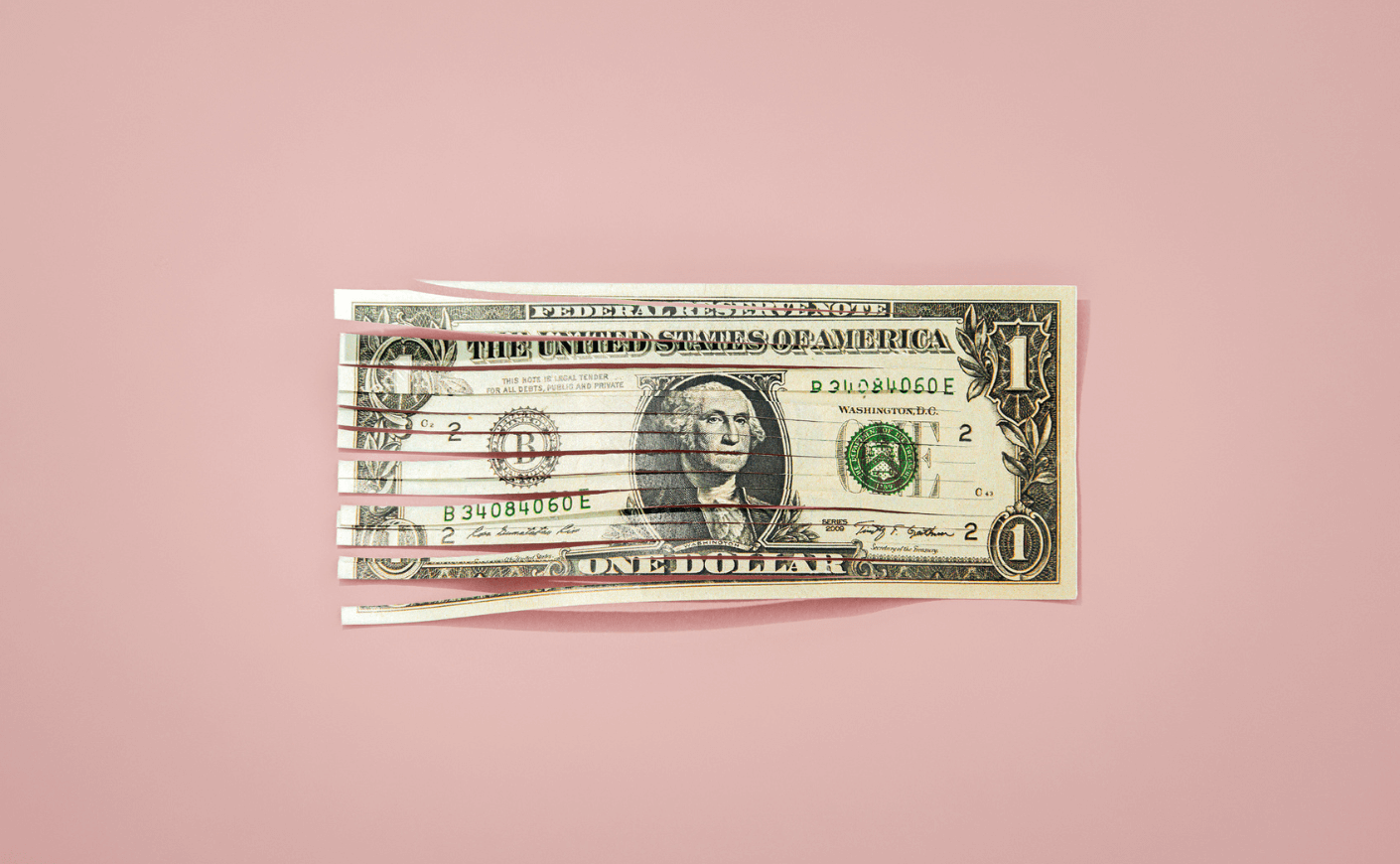This week, the yield curve briefly inverted. Why does that matter? (And what does that mean?) It’s a pretty reliable sign that a recession is on the horizon. But unless you’re well-versed in economics, “inversion” can be a confusing concept. We’re breaking down what it is and why it’s relevant:
What is the yield curve?
When people talk about the “yield curve,” they’re usually referring to a measure of the interest rates of U.S. Treasury bonds of different maturities (like the 3-month, 2-year, 10-year, etc.). The most-watched section of the yield curve shows the gap between the yields of the 2-year and 10-year Treasury bonds. It normally slopes upward, indicating that longer-term investments in U.S. Treasury bonds pay more than shorter-term ones. (Longer-dated bonds usually have higher rates because there’s more risk involved in buying them.) But that’s not always the case….
What is yield curve inversion?
It’s when shorter-term investments in U.S. Treasury bonds pay more than longer-term ones (like the 2-year versus the 10-year, for example.) The curve inverted in March and did so again briefly on Monday, when yields for 2-year Treasury bonds rose to a 15-year high of about 3.25 percent.
Why is a yield curve inversion happening now?
Yields on short-term Treasury bonds have been sharply rising this year, as the Fed raises interest rates, and this week, the central bank seems poised to make its biggest rate hike since 1994 in an effort to tame inflation. Rates for longer-term U.S. government debt, meanwhile, have inched up at a slower pace over concerns that the policy move will hurt the economy.
Why does a yield curve inversion matter?
The yield curve has inverted before each recession going back to the 1950s, according to a 2018 paper by economists at the Federal Reserve Bank of San Francisco.
Going even further back to 1900, the curve has inverted 28 times, one investment strategist tells Reuters. In 22 of those 28 instances a recession followed, including the Great Recession of 2007 and when the dotcom bubble burst in 2001.









